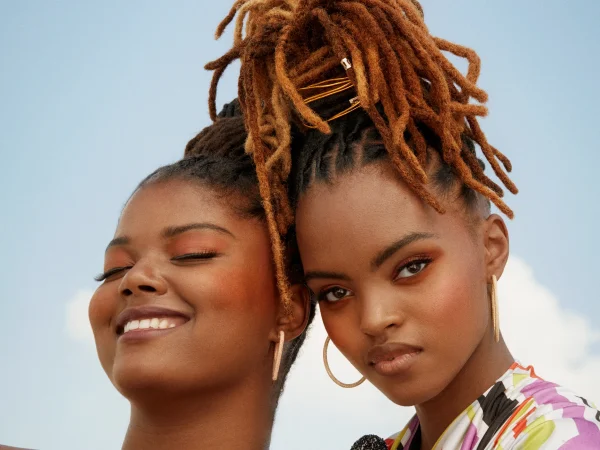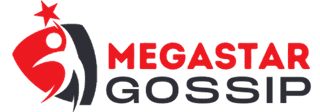
Since ancient times, various civilizations across the globe have opted to adorn themselves with dreadlocks, which are distinguished by matted or coiled hair. Although a significant portion of the population embraces and values this distinctive and culturally significant hairstyle, dreadlocks are also viewed negatively by some. It is imperative that we understand why people have negative perceptions of dreadlocks in order to enhance comprehension and advocate for the value of individual choices and cultural diversity.
Why People Have Negative Perceptions of Dreadlocks
Misconceptions and Stereotypes
One factor contributing to the negative perception of dreadlocks among certain individuals is the widespread association of the hairstyle with misconceptions and stereotypes. Dreadlocked individuals are frequently portrayed negatively by the media, popular culture, and the press as unprofessional, unruly, and unclean. Inaccurate judgments and misunderstandings may result from such stereotypes.
Cultural Appropriation
Cultural appropriation is an additional concern that can contribute to the negative perceptions surrounding dreadlocks. It can be perceived as disrespectful when individuals from a culture without a strong historical connection to dreadlocks adopt the style without understanding its cultural significance. The act of appropriating can often result in criticism and backlash from individuals who believe that their cultural heritage is being commoditized.
Employment and Social Prejudice
There have been instances where individuals with dreadlocks have encountered discrimination both in professional environments and social situations. Some employers or individuals may have preconceived notions that dreadlocks are unprofessional or unkempt. This bias has the potential to impact job opportunities and social interactions, resulting in negative perceptions of the hairstyle.
Fear of Non-Conformity
Dreadlocks are often regarded as a symbol of non-conformity, as they challenge traditional beauty standards and societal norms. For certain individuals, this non-conformity may be intimidating or cause discomfort. Individuals who hold a more traditional or conservative perspective on personal appearance may perceive dreadlocks as a symbol of rebellion, which can result in negative judgments.
Personal preferences
Personal preferences play a significant role in how individuals perceive dreadlocks, just like with any other hairstyle. People have diverse beauty standards and preferences. Some individuals may not find dreadlocks visually appealing or may have a preference for more traditional hairstyles. Expressing subjective opinions can potentially contribute to developing negative perceptions about dreadlocks.
Frequently Asked Questions About Why People Have Negative Perceptions of Dreadlocks
1. Why do some people view dreadlocks negatively?
Negative perceptions of dreadlocks can arise from various factors, including stereotypes, cultural appropriation, employment biases, fear of non-conformity, and personal preferences.
2. Are negative perceptions of dreadlocks based on misinformation?
Yes, many negative perceptions of dreadlocks stem from misconceptions and stereotypes. It’s important to challenge these stereotypes and seek accurate information about this hairstyle.
3. Is having dreadlocks considered unprofessional in some workplaces?
Unfortunately, some employers and workplaces may hold biases against dreadlocks, perceiving them as unprofessional. This bias has led to employment discrimination issues in various places.
4. Are dreadlocks a form of cultural appropriation?
Dreadlocks themselves are not inherently cultural appropriation. The issue arises when individuals adopt the style without an understanding or appreciation of its cultural significance. This can lead to accusations of cultural insensitivity.
5. Can anyone get dreadlocks, or are they only suitable for certain hair types?
Dreadlocks can be achieved on various hair types, but the process may differ. People with straight hair may need different techniques than those with naturally coiled or curly hair. A skilled loctician or stylist can help individuals create and maintain dreadlocks according to their hair type.
6. How can negative perceptions of dreadlocks be challenged and changed?
Challenging negative perceptions of dreadlocks involves promoting education and understanding about the cultural significance of the hairstyle, addressing stereotypes, advocating for fair hiring practices, and encouraging open-mindedness and acceptance of diverse personal choices.
7. Are there legal protections against discrimination based on hairstyles like dreadlocks?
In some places, there are legal measures in effect to combat employment discrimination based on hairstyles, including dreadlocks. These measures aim to ensure fair hiring practices and protect individuals from being discriminated against due to their choice of hairstyle.
8. Do people with dreadlocks face social prejudices in addition to employment bias?
Yes, individuals with dreadlocks can face social prejudices as well. Some people may have preconceived notions about those who choose this hairstyle, often misunderstanding its cultural significance and viewing it as a symbol of rebellion.
9. How can we foster a more inclusive society where diverse hairstyles, including dreadlocks, are accepted?
Fostering a more inclusive society requires promoting open-mindedness, respecting cultural heritage, and encouraging acceptance of personal choices in appearance. This will help us appreciate all hairstyles for their unique beauty and cultural significance. Education and respectful conversations can also play a significant role in changing negative perceptions.
Final Words
It is crucial to recognize that negative perceptions of dreadlocks often stem from misunderstandings, cultural appropriation, biases in employment and social settings, fear of non-conformity, and personal preferences. In order to promote a society that is more inclusive and understanding, it is crucial for us to educate ourselves about the cultural importance of various hairstyles and to show respect for individual choices. Encouraging open-mindedness and embracing diversity in personal expression can contribute to a more accepting and harmonious world. This includes appreciating all hairstyles, such as dreadlocks, for their distinct beauty and cultural significance.

Leave a Reply